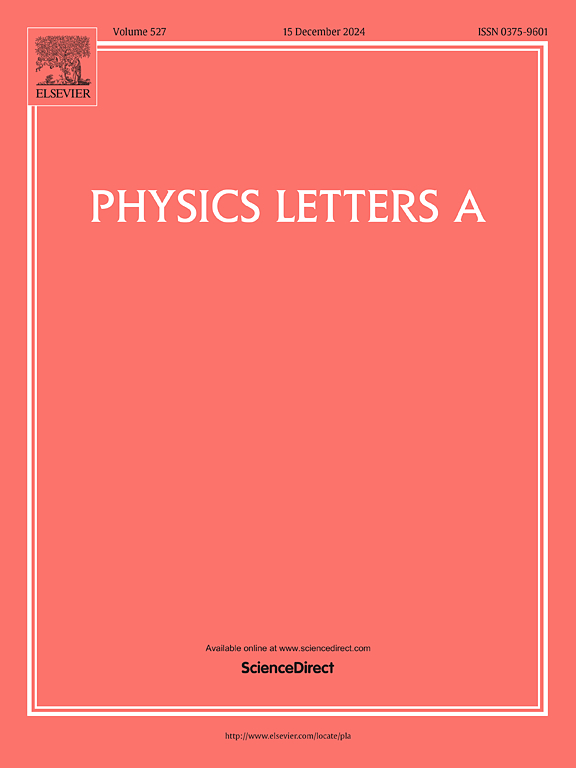A DFT study of the halide inorganic LiBeI3 perovskite
IF 2.3
3区 物理与天体物理
Q2 PHYSICS, MULTIDISCIPLINARY
引用次数: 0
Abstract
This work investigates the structural, elastic, mechanical, electronic, optical, and thermoelectric properties of the novel inorganic halide perovskite compound LiBeI3 using density functional theory (DFT) within the Wien2k package. Our theoretical analysis provides fundamental insights into the nature of this compound, revealing that LiBeI3 is a semiconductor with an indirect bandgap of 0.434 eV. The electronic and optical properties were analyzed in detail, including the electronic energy loss function, absorption coefficient, real and imaginary components of the dielectric function, and optical conductivity. Notably, LiBeI3 exhibits strong absorption in the UV region, making it a promising candidate for photovoltaic applications. Its high absorption coefficient also suggests potential use in light-emitting diodes (LEDs) and laser technologies. Furthermore, we explored its thermoelectric behavior by calculating the electrical conductivity, Seebeck coefficient, and electronic thermal conductivity. The positive temperature coefficient (PTC) effect observed in the Seebeck coefficient indicates an increasing power factor with temperature, a characteristic feature of semiconductors and semimetals. This behavior is critical for understanding the thermoelectric efficiency of LiBeI3, highlighting its potential for energy harvesting applications based on temperature gradients. Our findings contribute to the growing interest in halide perovskites and suggest that LiBeI3 could serve as a multifunctional material for optoelectronic and thermoelectric technologies.
求助全文
约1分钟内获得全文
求助全文
来源期刊

Physics Letters A
物理-物理:综合
CiteScore
5.10
自引率
3.80%
发文量
493
审稿时长
30 days
期刊介绍:
Physics Letters A offers an exciting publication outlet for novel and frontier physics. It encourages the submission of new research on: condensed matter physics, theoretical physics, nonlinear science, statistical physics, mathematical and computational physics, general and cross-disciplinary physics (including foundations), atomic, molecular and cluster physics, plasma and fluid physics, optical physics, biological physics and nanoscience. No articles on High Energy and Nuclear Physics are published in Physics Letters A. The journal''s high standard and wide dissemination ensures a broad readership amongst the physics community. Rapid publication times and flexible length restrictions give Physics Letters A the edge over other journals in the field.
 求助内容:
求助内容: 应助结果提醒方式:
应助结果提醒方式:


